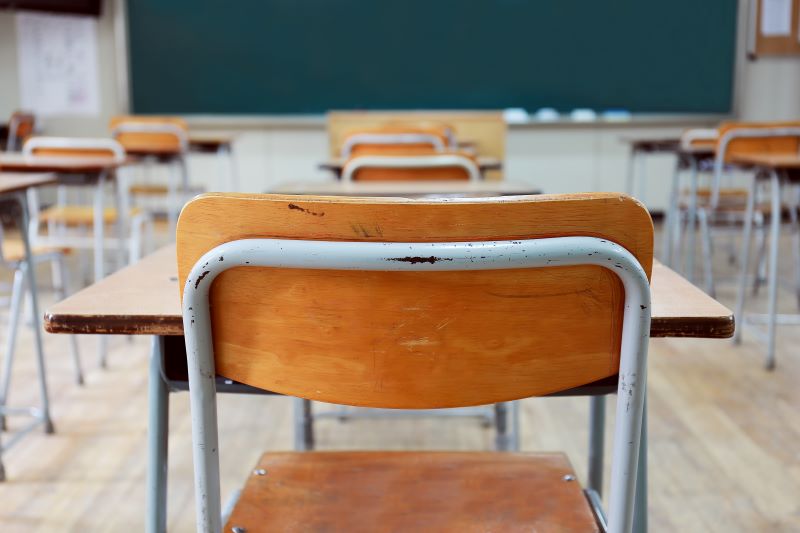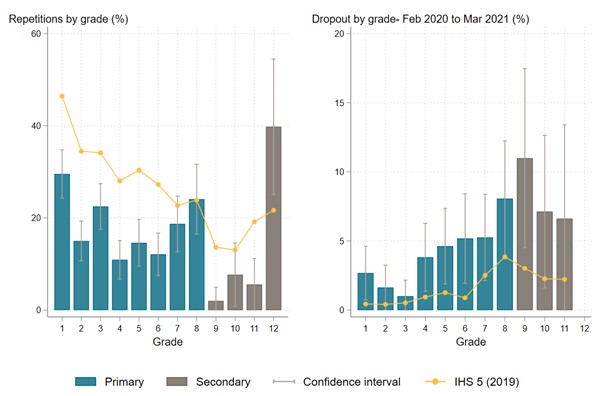Recommended
For developing countries such as Pakistan, where 24.3 percent of the population (or 55 million people) live below the poverty line, the pandemic’s impact has been wide-ranging and nefarious, particularly on the country’s children. Shortages of cash and food at home were exacerbated by government lockdowns, and schools were closed, with little to no remedial support provided in its place. This blog explores the lasting impact of the pandemic on Pakistani school students, based on a national survey conducted between December 2021 and February 2022. Details on the research design and sample can be found here.
Schools in Pakistan closed in March 2020, and were shut on-and-off until September 2021. Reopening was staggered, with some grades prioritised over others, and later with districts or even school authorities allowed to make decisions regarding reopening based on their own assessments of risk and preparedness. School closures carry high economic and social costs for families, and, as our data shows, risk widening existing disparities, as children miss out on essential education, nutrition, and child protection services (Bakrania et al, 2020).
Figure 1: School closures in Pakistan
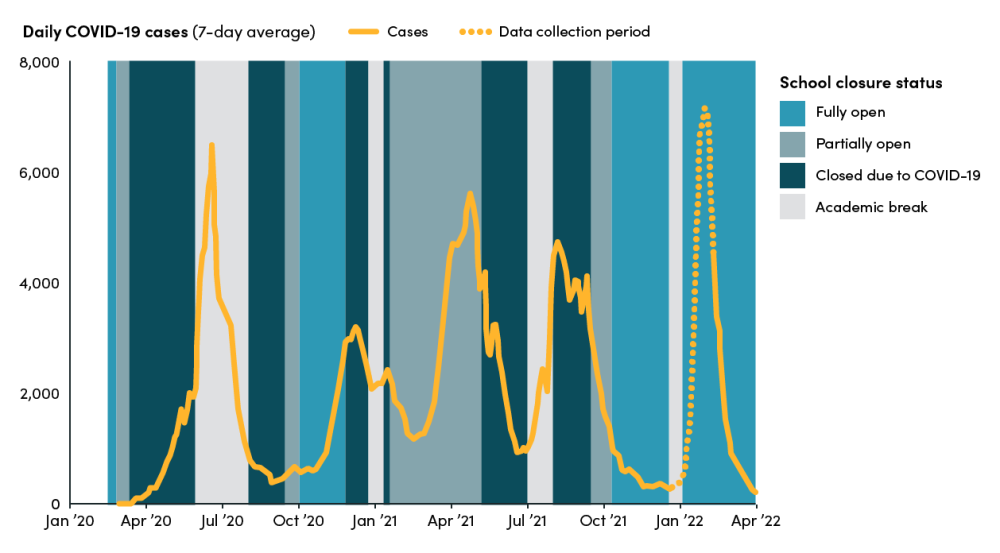
Source: data on COVID-9 cases from Our World in Data (https://ourworldindata.org/covid-cases), data on school closures from UIS (https://covid19.uis.unesco.org/global-monitoring-school-closures-covid19/). Please note that closure status only codes government mandated closures, and does not include additional district or school-level restrictions.
The pandemic led adolescents from the poorest households to drop out of school young
Income losses were expected to increase the share of out-of-school children across primary and secondary school in Pakistan (already the second highest globally) by 4.2 percent. Our data suggests that enrollment has mostly, but not entirely, recovered from the pandemic: 89.4 percent of 6 to 16 year olds in our sample are currently enrolled in school, compared to 90.9 percent in March 2020.
However, the gap in enrollment between the poorest and wealthiest children has widened over the pandemic, especially in older age groups. Figure 2 shows enrollment before and after the pandemic, across age groups and a wealth index based on household assets. The circle highlights the dramatic fall in enrollment among 14-16 year olds in the poorest quarter of households: enrollment dropped 10.9 percent in this group, to 70.1 percent. By contrast, enrollment for that age group in the wealthiest households remained stable around 89 percent. This is consistent with the findings from a review of studies on dropouts as a result of COVID-19; especially in low and middle income countries, many of the poorest students in later grades have dropped out since the onset of the pandemic.
Figure 2: Enrollment rates for age groups by income quartile, before school closures (March 2020) and after (December to February 2022)
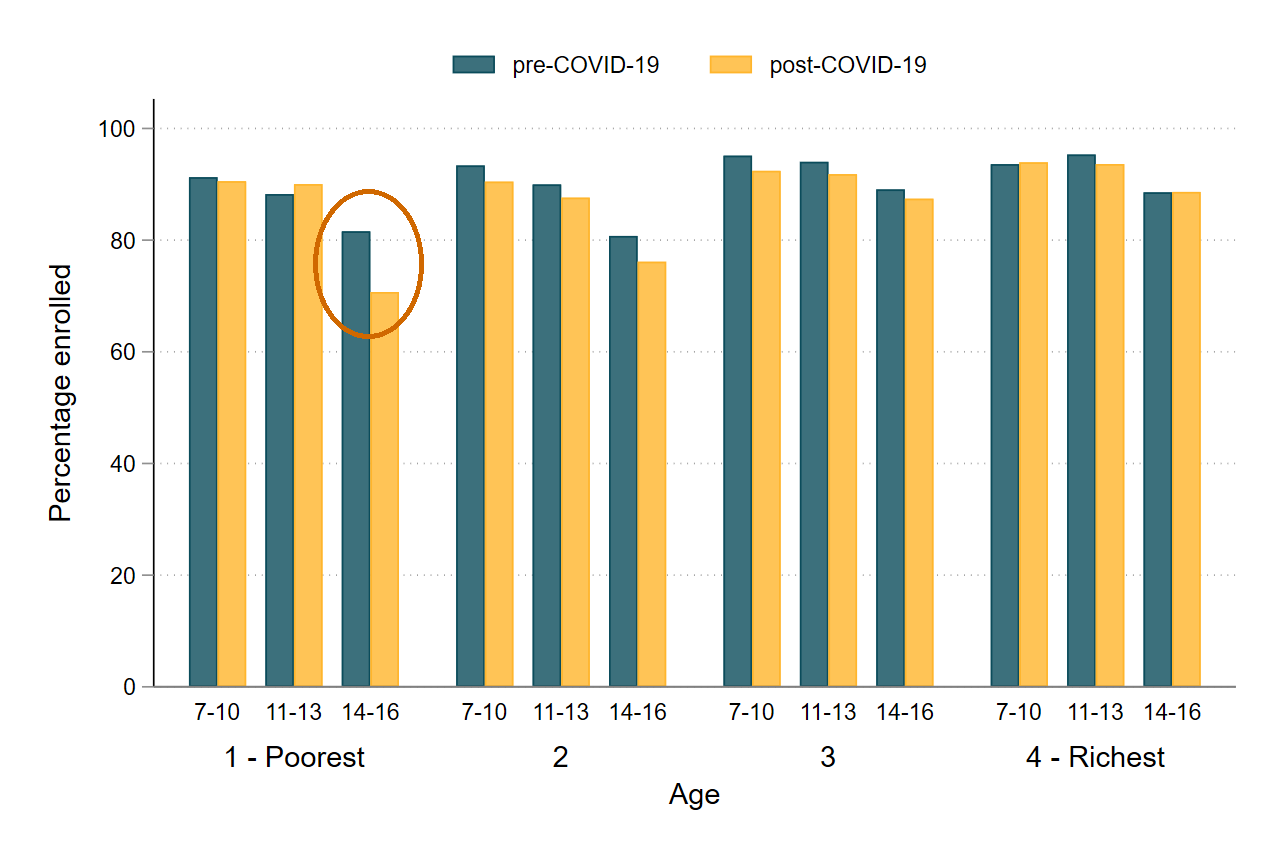
Note: Age in 2020 is calculated using the current age as of 2022 captured in our survey. The sample is not perfectly balanced across age groups and asset quantiles.
Poorer children had fewer and less effective options for remote learning during school closures
Our survey shows that take-up of remote learning was low, with wide gaps between children with different household income levels. While initial viewership and take-up of government-sponsored education television was high (in the first six months of school closures), awareness and use of these resources declined in subsequent months. In our latest survey less than 9 percent of respondents reported that children in their household used television for remote learning when schools were closed due to COVID-19.
Figure 3: Reported take-up of various remote learning modalities, by asset index
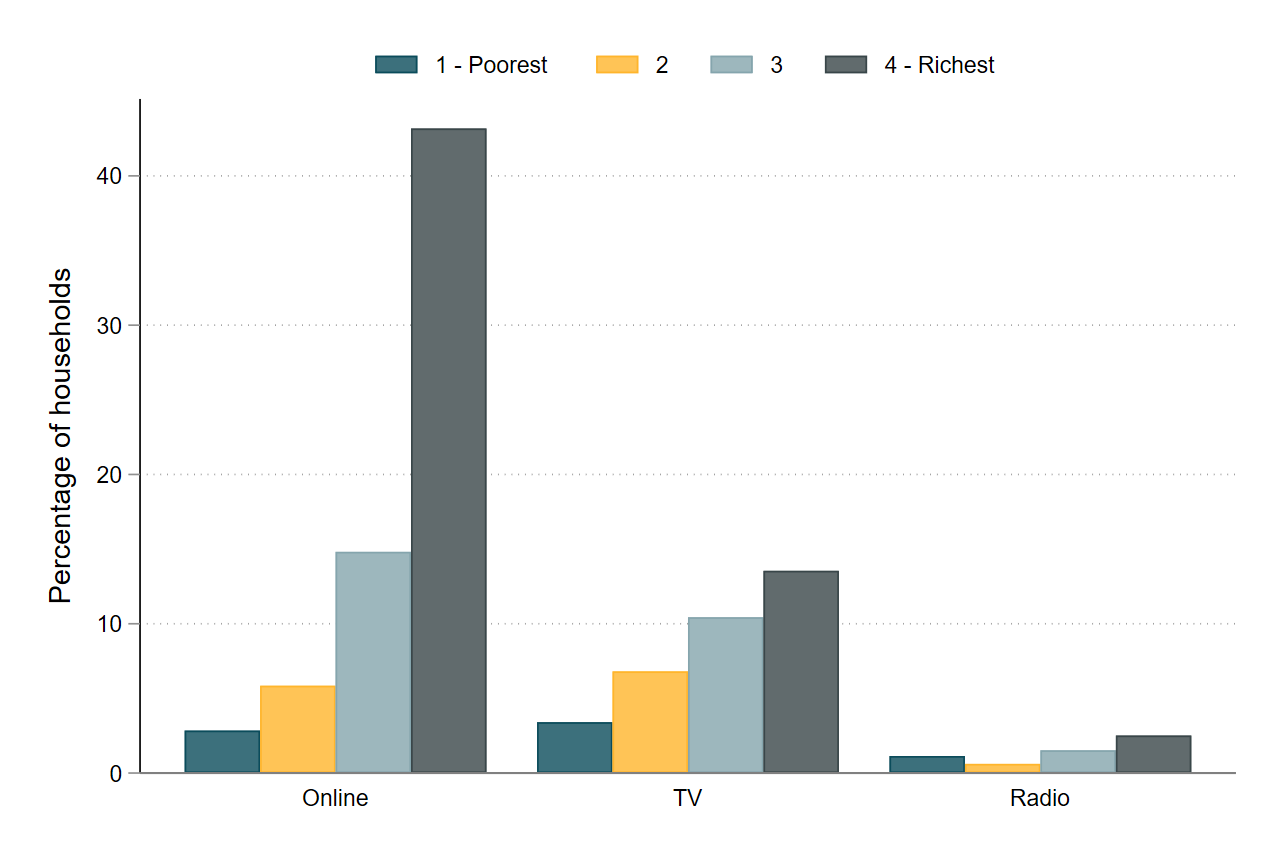
Almost two thirds of parents employed free methods (like providing support themselves, asking siblings to help each other, or relying on government provided channels online, on TV or radio) to support their children with studies when schools were closed. As figure 4 illustrates however, even these methods varied significantly by household income, with a higher proportion of the poorest households making no arrangements at all to replace schooling during closures. Constraints on parents’ time and ability to support children with schooling are more pertinent for poorer households, who typically have lower educational attainment and fewer resources at their disposal.
Figure 4: What did parents do to replace schooling? By asset index
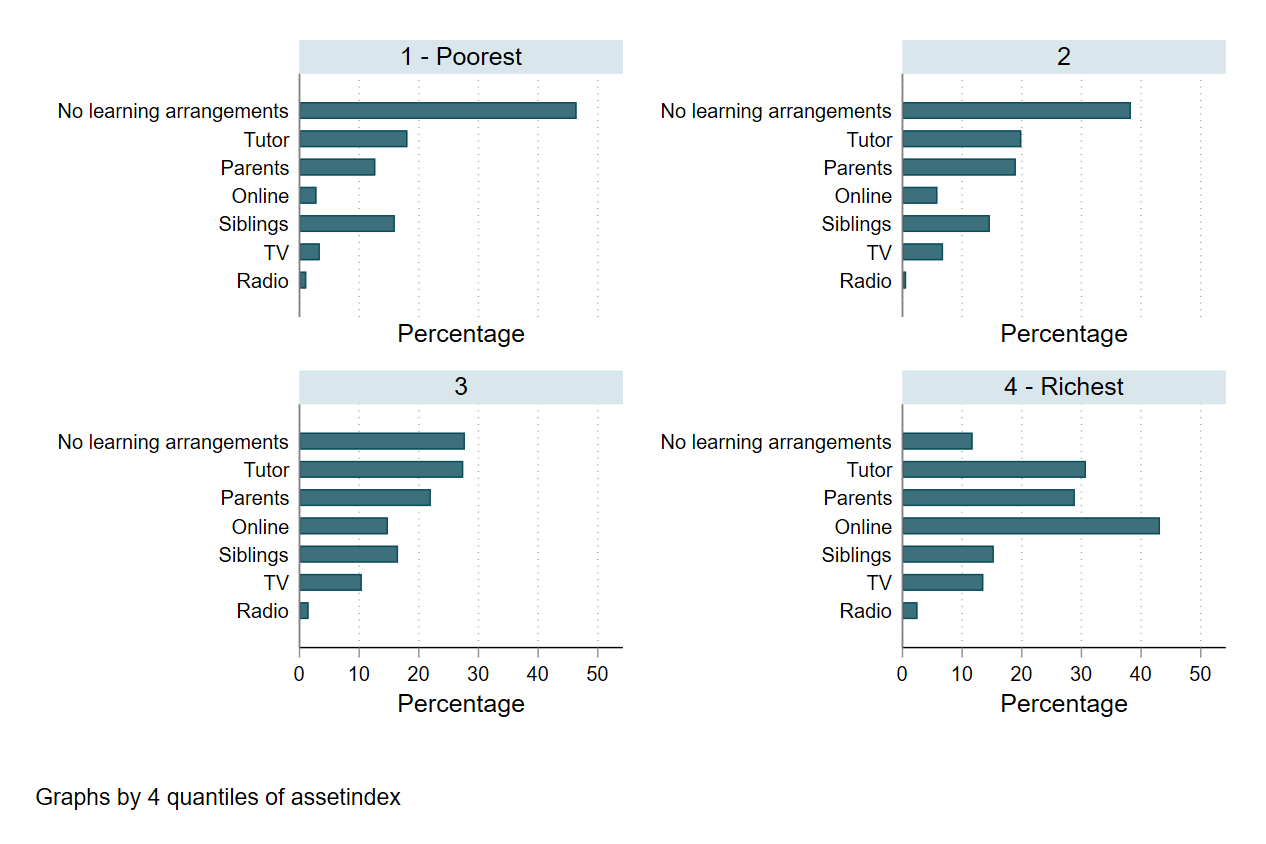
Take-up of online learning shows the most striking difference between richer and poorer students: 43 percent of households in the wealthiest income quartile reported the use of online remote learning resources by children, compared with less than 3 percent of the poorest households. Online learning can be programmed for two-way communication, enabling individualised feedback and close support from teachers - in turn making them highly effective substitutes or complements to in-person education. Passive modes of instruction, such as television and radio, while requiring fewer resources, require students to follow along with educational content independently, without support from educators, and tend to be less effective than high-tech modalities. Differences in access to the necessary resources like digital devices and connectivity can further widen the gap between children from richer and poorer families.
Aside from access, it is equally important to ensure that digital learning is tailored to help students learn and build skills, is age appropriate, and in a language that children can understand, among other things. In our survey we found that over 40 percent of parents whose children were able to access online learning rated it as “not good”. Parents whose children used educational TV for learning during school closures were more likely to rate it as “good” or “very good” (almost 90 percent). Most parents agreed that school closures had negatively impacted their children’s learning.
Figure 5: Parents’ rating of remote learning - online and television
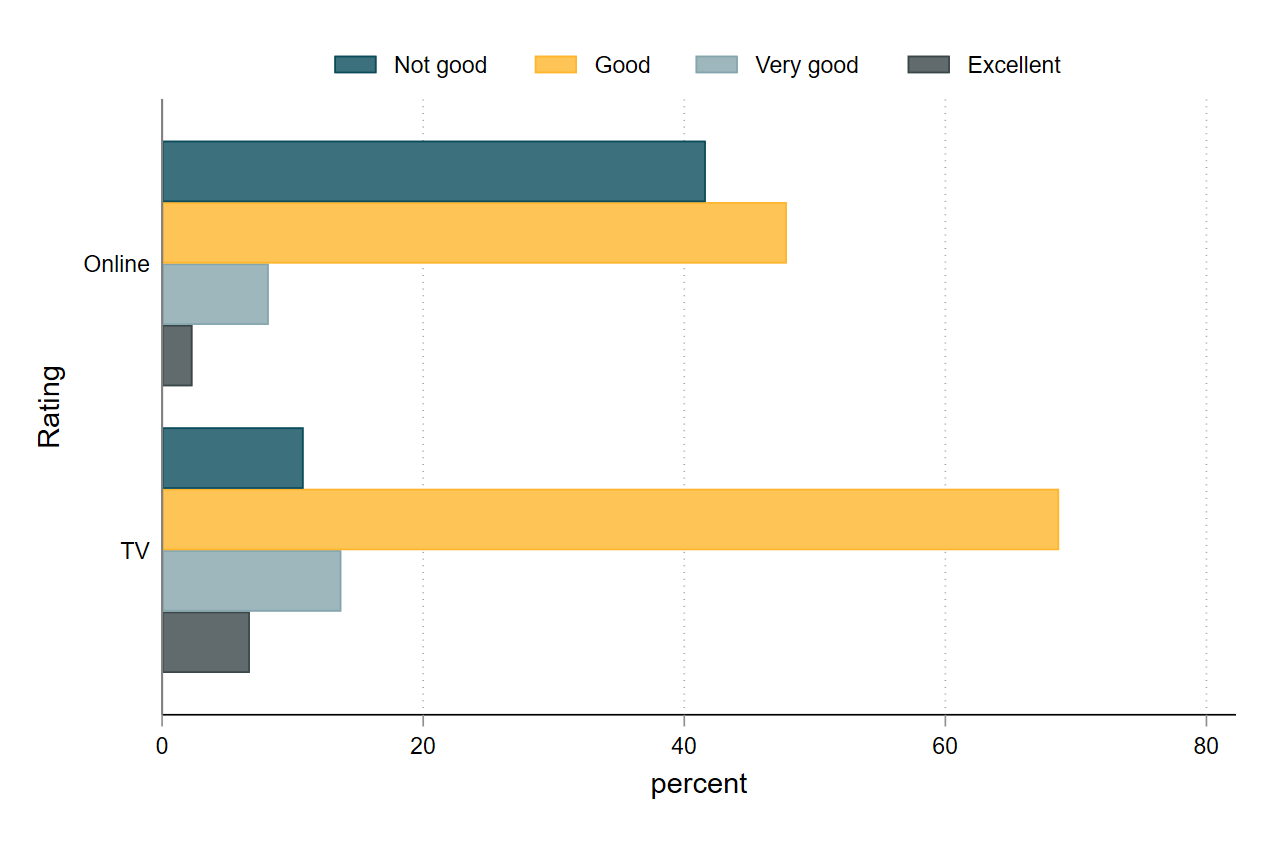
Perhaps unsurprisingly, students are not advancing in school
Despite a policy of automatic grade progression at the primary level, and previous evidence that suggests that children increased their time studying over time, not all children have progressed grades since the start of the pandemic. Many children have been held back a full year: in our survey, 12.8 percent of children had not progressed through any grades over the two years since March 2020.
Figure 6: Reported grades progressed between March 2020 and time of survey (early 2022)
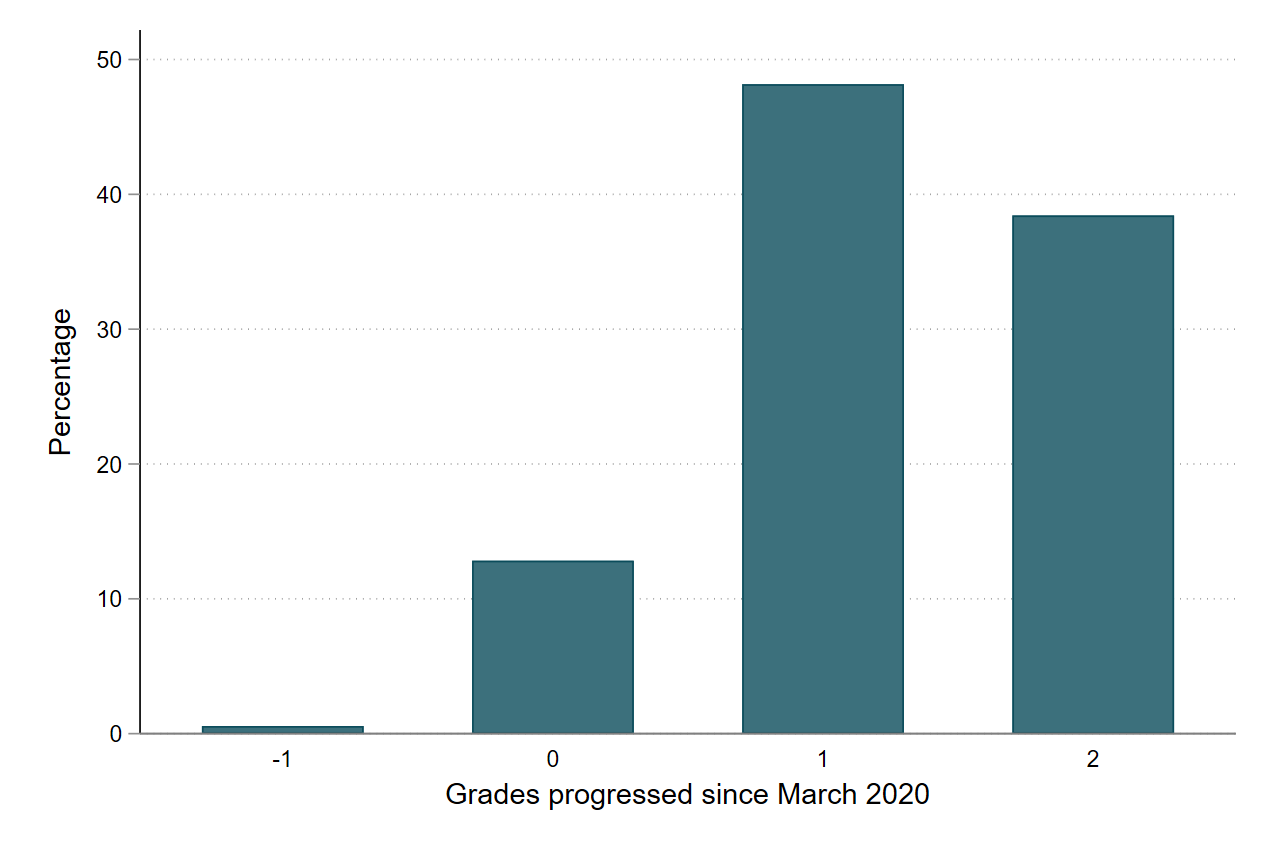
A review of post-COVID 19 assessments of learning loss and dropouts found that poorer children lost almost 50 percent more learning than richer students in high, middle and low-income countries. In our survey from early 2022, over half the households reported that they often or sometimes go without a cash income. The children in our sample that dropped out of school during the pandemic most often cited that it was “too expensive” as the reason. As the long-term economic fallout of the pandemic becomes more apparent, and more families are feared to resort to drastic coping strategies (such as early marriage or child labour), dropouts and consequent adverse consequences for children from the poorest households, can be expected to increase further. While our findings from this survey do not indicate any alarming rises in rates of dropouts due to early marriage, pregnancies, or employment, we will continue to explore this in subsequent rounds of this study.
What next?
This blog reflects early findings from our research carried out in 2021 to identify markers of long-term impact that COVID-19 school closures might have on the status of education in Pakistan. In continuation of this research, a subsequent round of household surveys is being developed and is expected to launch later this year. In this second phase we will follow up with the same set of households as in this original sample to understand how education outcomes for these students continue to change. The ongoing global food price rise and economic crisis can be expected to further widen disparities between income groups; more students are expected to shift to public schools as relative cost of education increases for households, aside from increased dropouts and early marriages or child labour among adolescents.
Thanks to Maya Verber and Ayesha Khan for comments.
Disclaimer
CGD blog posts reflect the views of the authors, drawing on prior research and experience in their areas of expertise. CGD is a nonpartisan, independent organization and does not take institutional positions.
Image credit for social media/web: Adobe Stock


